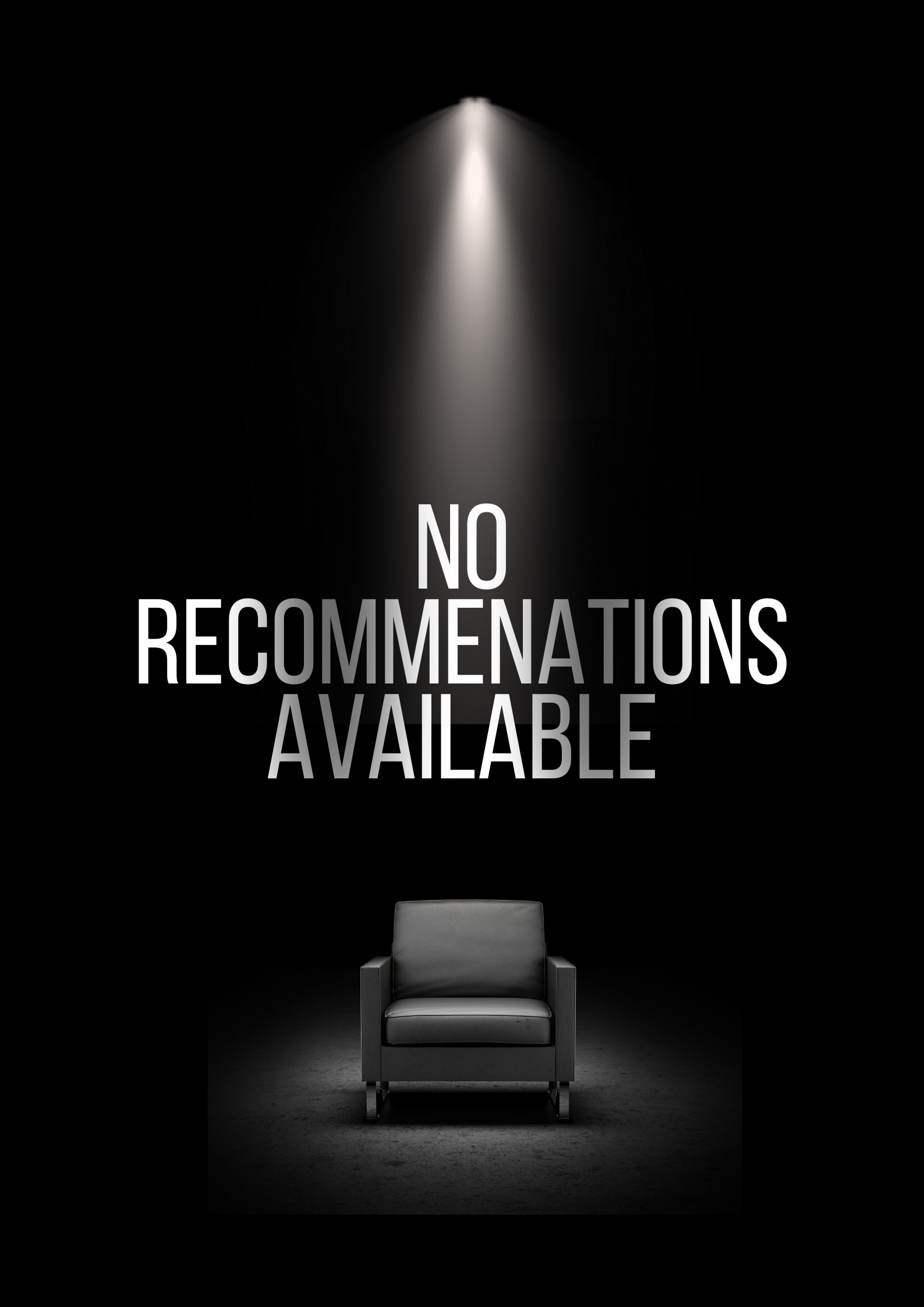Med Wenche Myhre i Gaza
Watch Movie
Share
Cast & Crew
2 members
Acting
Wencke Myhre
Self

Crew
Rolf Riktor
Self
No Image
Similar Movies
Recommended Movies

No Recommendations Yet
We're working on finding the perfect movies for you. Check back soon!
More movies coming soon




















